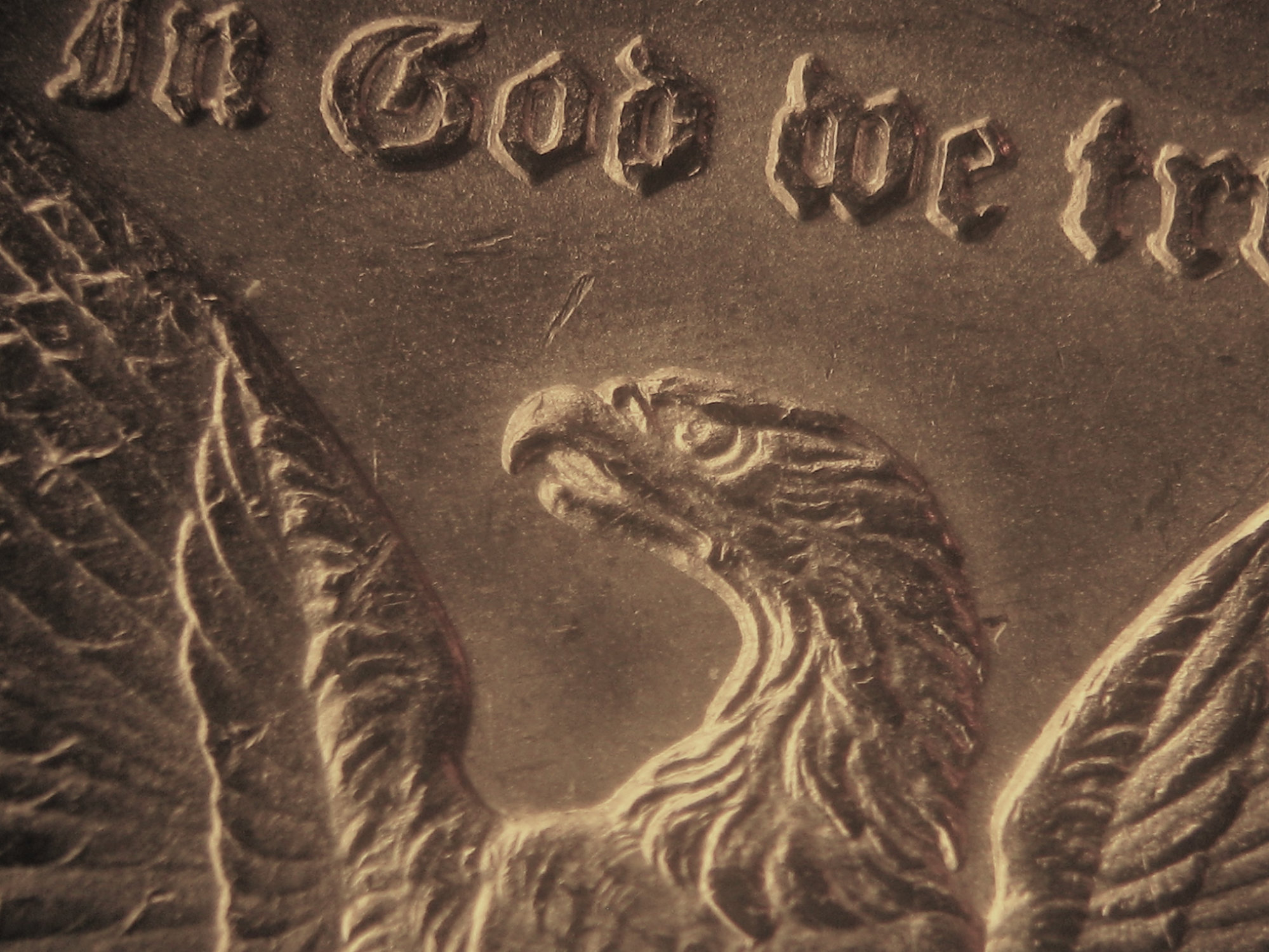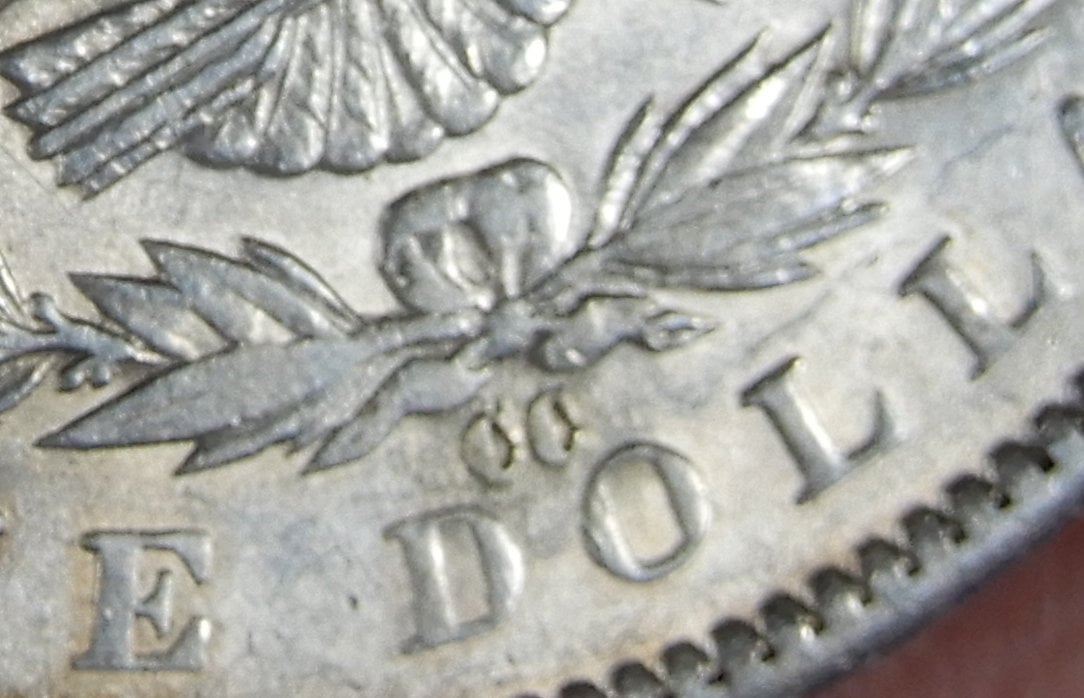Color changes on a coin's surface that aid in grading.
 Insider2
Posts: 14,452 ✭✭✭✭✭
Insider2
Posts: 14,452 ✭✭✭✭✭

This coin has very few marks; a perfectly clean cheek; a full strike; nice luster; and above average eye appeal. It is a very nice looking coin and sent in as a gem w/minimum grade of MS-65 requested.
What do you see in the image? Describe the colors, and how they appear.
0
Comments
The "halo" around the devices makes me think lightly cleaned. Maybe an old baking soda job?
Collector, occasional seller
That was too easy! You both picked out the "halo effect" immediately. It is caused most often by a mechanical treatment such as cleaning. For others, note the light and dark areas. The lighter areas of the surface are next to the relief where the "treatment" did not affect it as much if at all.
I see a dull silver color with the incorrect white balance.
What are you trying to get at with this post?
Ahhhh. Gotcha. I noticed that immediately as well but didn’t know what the cause was!
Thanks for the info.
I see an eagle eyeballing me
Steve
OK................now I see the dull grey
Steve
Indeed looks lightly cleaned (broken luster)
My YouTube Channel
PS For you photo buffs, I deliberately altered the white balance to show the surface alteration better.
What is the grade?
Depends on who is grading it. $65 to several thousand.
Uncirculated details, Cleaned.
Uncirculated details Altered surface
MS-61
MS-62
MS-63
So is the lighter 'halo' area the original metal flow/mint luster?
Just trying to understand the cause of the appearance.
Yep. When a coin wears normally the luster goes on the high points first, then the centers of the fields are affected. Note that reverses have smaller fields than the obverse so they usually show less wear in the fields than the large open obverse fields (using Morgan dollar). The last place we find luster is up against the relief - where it jumps straight off the field AND especially inside the closed areas of the letters.
Mechanical or any abrasion (circulation wear) affects the coin in basically the same way. This causes the "halo effect" we see on improperly cleaned coins and also normally circulated coins BUT the "halo" caused by each looks differently. In practice (at least mine) "Halo Effect" is reserved for improperly cleaned or stained coins.
Here is a mechanically cleaned coin. Note in this case the area next to the relief is darker yet there is still a "halo" visible around the stars where the brushes did not disturb. I've posted two images with the coin rotated in the light.
Look at the dark patch between the "1" and "8" (not visible) In the bottom image. Learning about this characteristic will help you detect cleaned coins.
I feel for Ms Liberty.
Smitten with DBLCs.
Good information, this will help new collectors and posts such as this are one of the major benefits of the forum. Thanks @Insider2 .... Cheers, RickO
How noticeable is the change in color in hand dependent on type of lighting used?
So do you think some graders are forgiving these problems or do you think they simply are not spotting or don't recognize the problems
"A dog breaks your heart only one time and that is when they pass on". Unknown
Unfortunately, many factors go into a coin's grade - especially an expensive one. IMO, they shouldn't but they do. "Market Acceptability" in the eye of each examiner is one of the big ones. Additionally, not everyone is at the same level of expertise. Even so-called experts will disagree. In one Federal Court case brought by the FTC, a St. Gaudens $20 was graded from AU-58 to MS-65. All of us were correct!
With Insider's permission my 1889CC added mintmarks dollar from Vietnam:

Note the discoloration around the CC's just like in the above posted by Insider.
bob
@Insider2 you really are an asset to these boards! These threads are the best.
My YouTube Channel
Agree, I like these posts. Free education!
"A dog breaks your heart only one time and that is when they pass on". Unknown